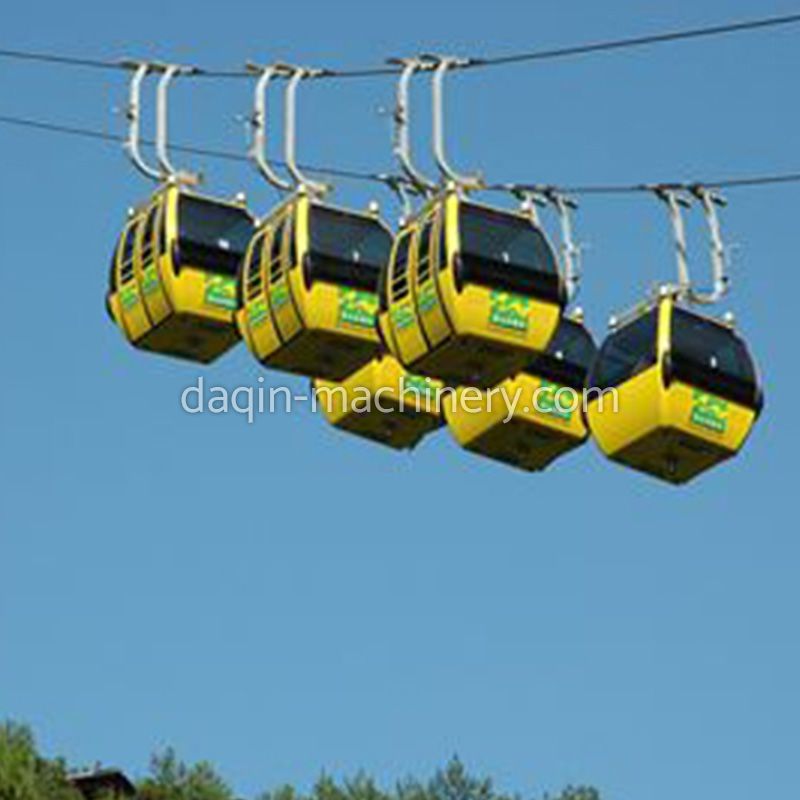What are the types of ropeways?
Ropeways, also known as cable cars or aerial tramways, are a fascinating mode of transportation and a means of traversing challenging terrains or providing access to remote areas. These mechanical systems utilize cables and supporting structures to transport passengers, goods, or materials across varying distances and altitudes. There are several distinct types of ropeways, each designed to serve specific purposes and cater to diverse needs. Let's delve into the various categories of ropeways:
1. Gondola Lifts: Gondola lifts are perhaps the most recognized type of ropeway. They consist of enclosed cabins or gondolas that hang from a cable and are suspended from a series of support towers. Gondola lifts are commonly used in ski resorts, mountainous regions, and urban areas to transport passengers comfortably and efficiently. They offer panoramic views and are often used for tourism purposes.
2. Aerial Tramways: Aerial tramways consist of larger, open-air cabins that are typically suspended on two cables—one for support and the other for propulsion. Aerial tramways are widely used for transportation in urban areas and to access scenic viewpoints. They can carry larger numbers of passengers compared to gondola lifts and are often found in cities, amusement parks, and tourist attractions.

3. Chairlifts: Chairlifts are designed primarily for transporting skiers and snowboarders up mountainsides in ski resorts. Passengers sit on individual chairs that are attached to the cable and are lifted off the ground. Chairlifts come in various configurations, including fixed-grip and detachable-grip systems, which determine the speed of loading and unloading passengers.
4. Funiculars: Funiculars are inclined railway systems that use two cars connected by a cable and a counterweight to balance each other. Funiculars are commonly employed in steep terrains, providing a convenient and efficient way to ascend or descend hillsides. They are often used for urban transportation, such as accessing hilltop neighborhoods or providing connectivity between different levels of a city.
5. Material Ropeways: Material ropeways are primarily used to transport goods and materials rather than passengers. They are essential in industries such as mining, forestry, and agriculture, where the need to move bulk items or heavy loads efficiently is paramount. Material ropeways are a cost-effective solution for transporting materials across challenging terrain, including over rivers, valleys, and mountain ranges.
6. Cable Cars: Cable cars, similar to gondola lifts, are typically used for short-distance transportation within urban areas. They consist of small cabins or cars that travel along a cable suspended between support towers. Cable cars are often found in tourist destinations and cities where they provide a unique and scenic mode of transportation.
7. Detachable Gondolas: Detachable gondolas combine the features of gondola lifts and chairlifts. They offer the comfort and weather protection of gondola cabins while also featuring a detachable grip system for faster loading and unloading of passengers. Detachable gondolas are commonly used in ski resorts and areas with high passenger demand.
In conclusion, ropeways come in a variety of types, each tailored to specific applications and requirements. Whether it's transporting passengers in picturesque settings, efficiently moving goods in industrial contexts, or providing urban transportation solutions, Daqin ropeways continue to play a vital role in enhancing connectivity and overcoming geographical challenges.



